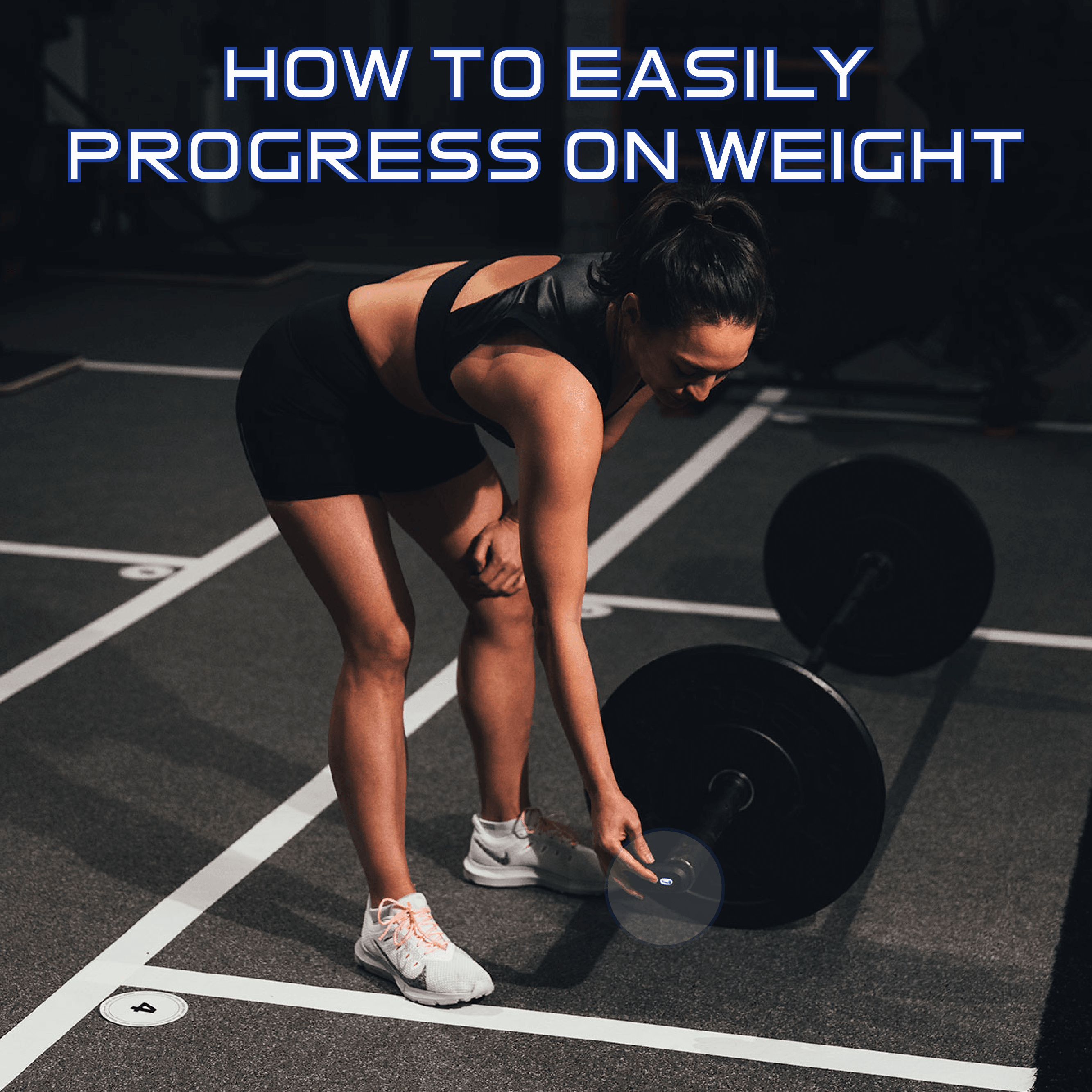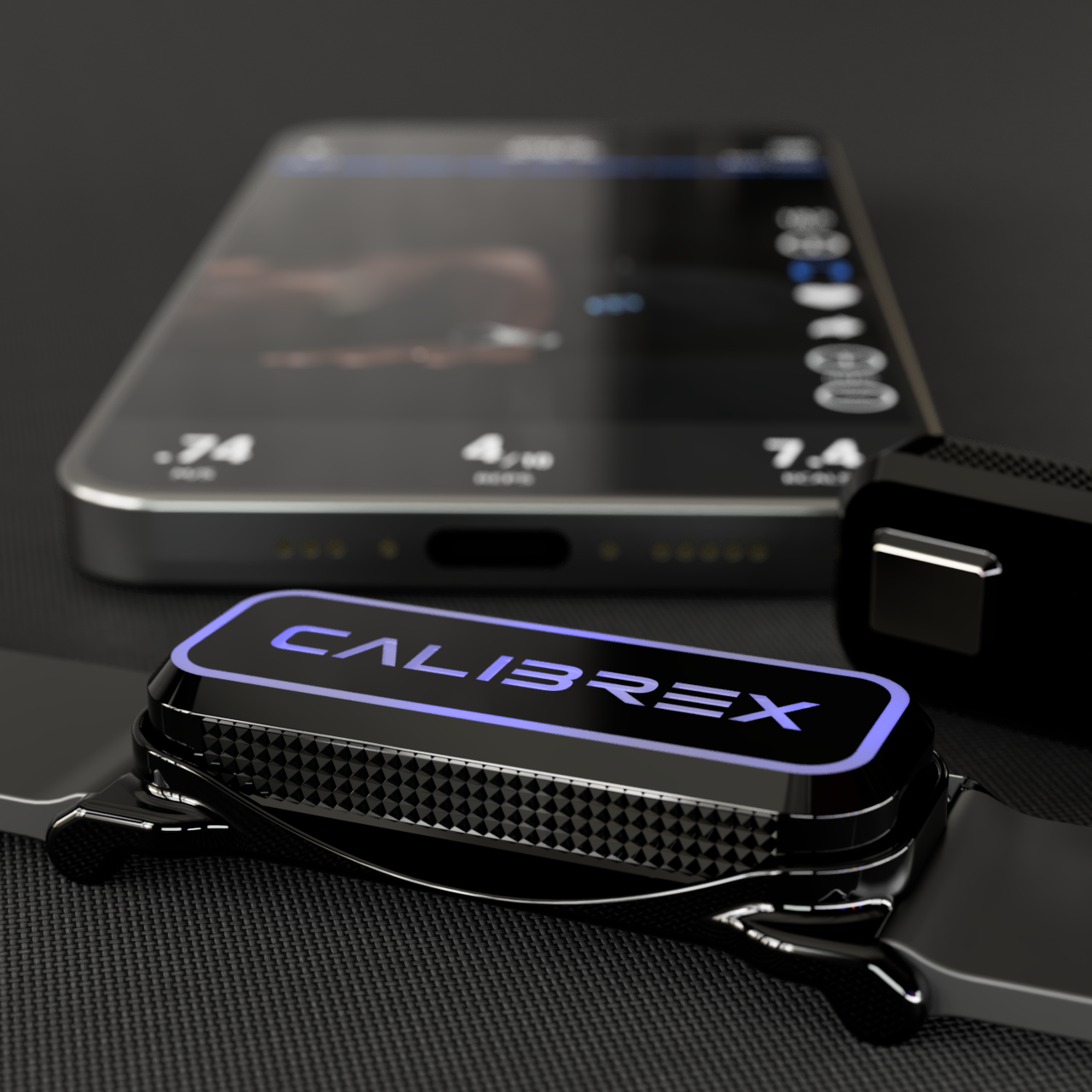Struggling to Program? Here's a Simple System for Progressing Weight
Tracking workout progress with sets, reps, and weight is typical for anyone serious about lifting. The problem is that it often feels like guesswork. Effectively programming is a tall task for coaches and athletes alike. With velocity-based training, you can take the guesswork out of your programming and know what went down in the weight room. A simple system for progressing weight is to set a velocity target.
Use a velocity target to set a standard for increasing weight and improving specific adaptations like power or strength.
Let's say you're stuck at 300lbs for your deadlift, but you desperately want to lift 315lbs. You can reach new PRs consistently and keep quality form with a straightforward change. Set a velocity target of 0.35m/s. Once you can do all five reps for three sets above 0.35m/s, add 10 lbs and repeat.
The challenge is finding the right velocity target for your training goals. Once you find your standards, the rest is quite simple.
Setting Your Velocity Target
To get specific results from your training, like more power or strength, you will need to know your minimal velocity threshold (MVT) for each exercise you want to track. Researchers determined these numbers assuming you are lifting with maximal effort. The MVT is the slowest speed you can move weight and still complete the entire movement.
Here are some of the accepted MVTs for standard lifts:
Find your MVT for any exercise by lifting until failure and checking your last rep velocity. Your MVT for any movement will be the same whether you lift 400lbs or 100lbs.
Example:
-
1RM at 300lbs = 0.3m/s
-
20th and final rep at 140lbs = 0.3m/s
There is no need to lift your actual one rep-max to find out your MVT. Lifting any weight to failure will give you the same information. Prioritize safety and have a spotter ready if you plan to lift to failure.
You need to know the MVT to use it as a guide to train for specific adaptations like power or strength. The closer you are to the MVT, the more you prioritize strength gains. As you move away from the MVT, you encourage more power-related adaptations.
For example:
-
A typical velocity target when training for power with a back squat would be 0.65m/s.
-
A typical velocity target when training for absolute strength with a back squat would be 0.4m/s
Start with a weight that you can move above the velocity target for no more than a couple of reps. It would be best if you fell below the target velocity by the end of the first set. Stay at this weight for a few weeks and watch your best rep velocity (BRV) improve over time. Once every rep for each set is above the velocity target, add a reasonable amount of weight.
Experiment to find the velocity range you enjoy. Stay consistent and you’ll have a proven system to maintain quality reps and continue increasing weight.
Ready to set and crush new targets? 🎯
Kobe is currently a physical therapy student on pace to receive his doctorate in 2023. He has coaching experience ranging from teaching athletes in a division I weight room to helping stroke survivors climb a flight of stairs. Growing up in a fitness family Kobe has always been immersed in learning different ways to help people reach their fitness goals.
"I grew up with two bodybuilders and a division one soccer player. For the past decade, I've been a sponge learning as much as I can. Now, I'm excited to share those lessons with you."









Share:
Start With Single Leg Lifts + Two Ways to Track Bar Balance Progress
Reduce injury risk with velocity based training (vbt)